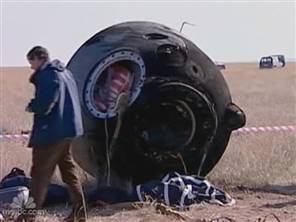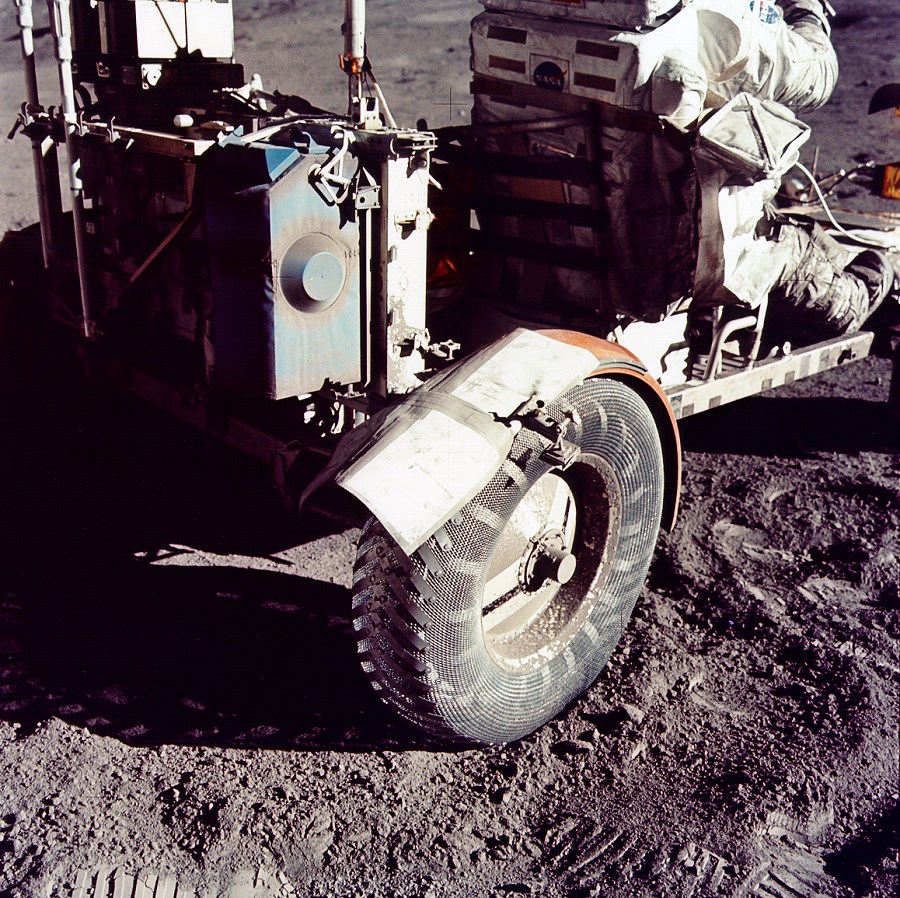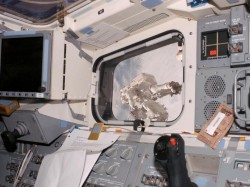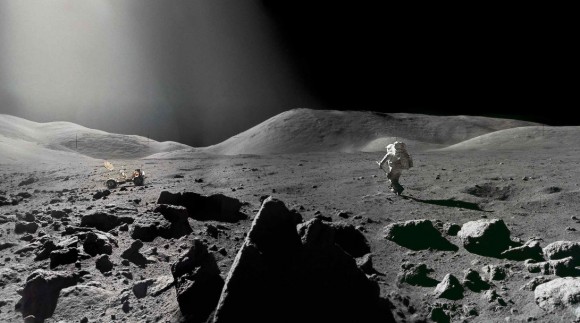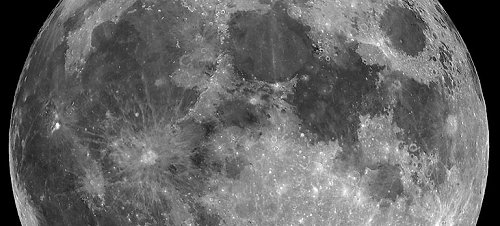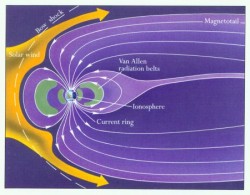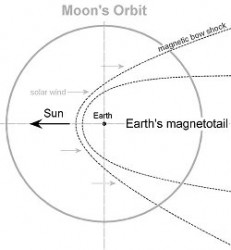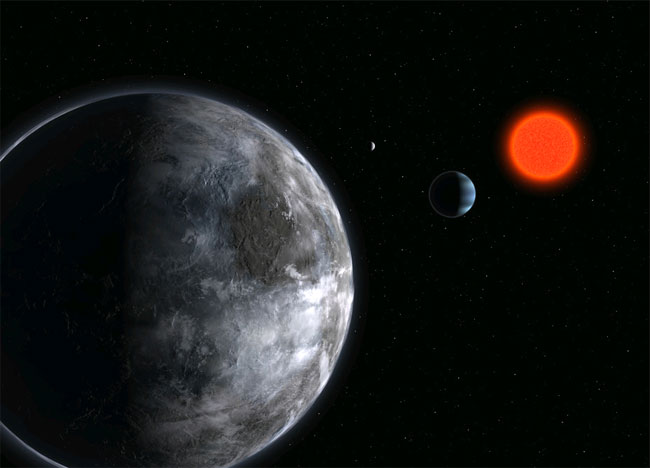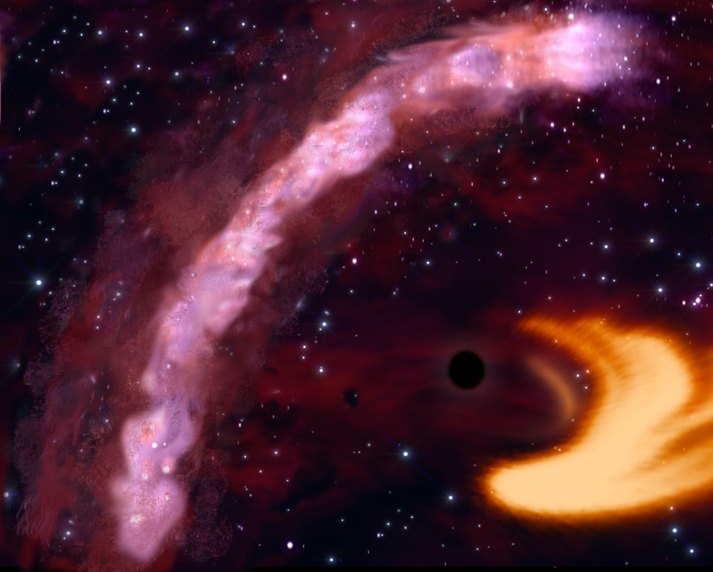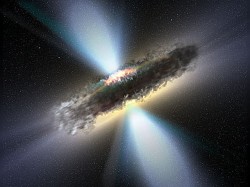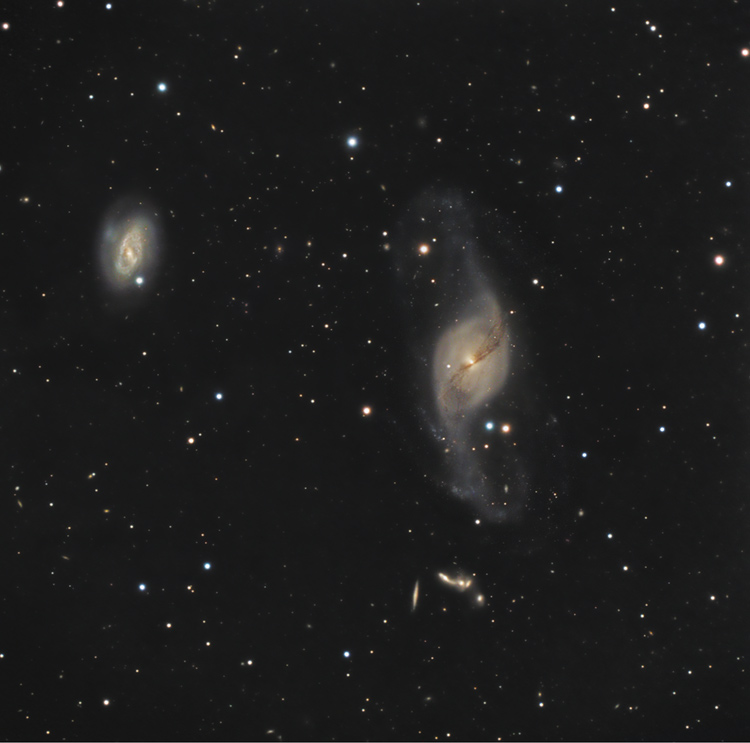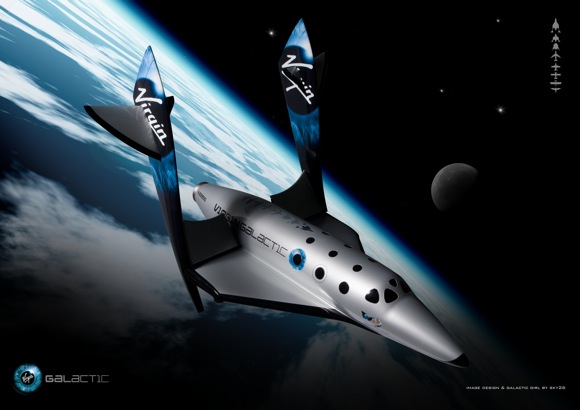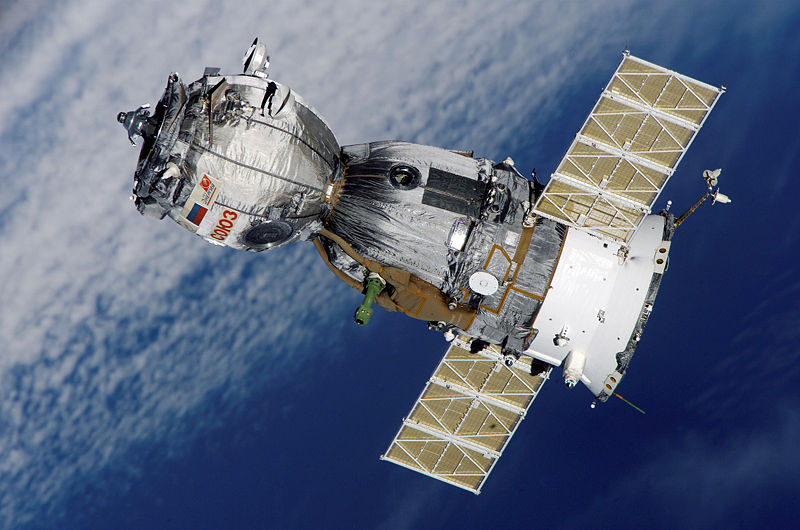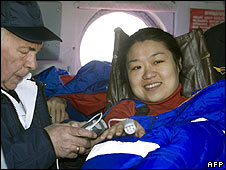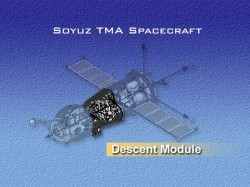The facts behind the “ballistic re-entry” of the Soyuz descent capsule are beginning to come to light. According to several news sources, after the capsule made an unusual steep descent through the atmosphere, putting it at least 400km off-target, the parachute was set alight causing a small bush fire on landing. The crew, who had to wait upside down, reported smoke inside the capsule. Although the Russian space agency overseeing the rescue helicopters reported that the crew were safely on the ground, in reality they were struggling to find their location. Russian cosmonaut Yuri Malenchenko had to unhook himself from the askew craft, get outside and use a satellite phone to confirm they were alive and well. Tough questions are now being asked as to why mission control lost track of the capsule in the first place and why they covered up the reality of the landing till so long after the event…
As previously reported on the Universe Today, something went wrong with the Soyuz descent capsule as it completed its return mission from the International Space Station on Saturday. Back then, the Russian space authority reported the capsule had undergone a ballistic re-entry (rather than the planned “guided descent”) after the crew changed the flight plan without communicating the alteration to mission control. This was the sole (official) reason given for the hard landing the three crew members suffered. South Korea’s first astronaut, Yi So-yeon, Russian cosmonaut Yuri Malenchenko and American Peggy Whitson endured forces exceeding nine-G (nine-times Earth gravity) as they tumbled through the atmosphere.
One Russian space official cited an old naval superstition that having women on board the flight was a “bad omen” and that planners would reconsider having a female-dominant crew in the future. These remarks understandably caused a stir.
According to one news source, it is more likely that the capsule’s autopilot failed, causing the ballistic re-entry. On the ground, Russian officials guessed that the capsule had overshot the landing zone and sent rescue helicopters to a location far east. By chance a helicopter in the west (a location reserved for emergency landings) reported seeing the parachutes of the capsule, but no contact was made with the crew until 30 minutes after landing. Way before contact was made (via satellite phone), the Russian space agency had been publicising the safe return of the Soyuz crew to divert attention from the problems they were having.
Perhaps the most worrying report is that the descent parachute caught fire and burnt surrounding vegetation. Apparently smoke even got into the capsule. This would have undoubtedly caused a lot of stress to the crew.
In a recent interview with South Korea’s first astronaut Yi So-yeon, the 29 year-old bioengineer remembered her ordeal and admitted she was “really scared” as the capsule began its emergency re-entry:
“During descent I saw some kind of fire outside as we were going through the atmosphere. At first I was really scared because it looked really, really hot and I thought we could burn.” – Yi So-yeon
The shaken crew members were still shaken as they gave a press conference on Monday. Malenchenko remained adamant that none of the crew were to blame for the ballistic re-entry. “There was no action of the crew that led to this,” he said. “Time will tell what went wrong.”
This incident highlights the risk involved with space travel, and whilst access to space is becoming more and more routine, the fact remains that things can go wrong. Many news sources are highly critical of the Russian space agency, arguing that they are incompetent. This might be a little strong, but in matters such as the safe return of astronauts, absolute clarity is needed. Attempts to cover up technical faults, citing of “bad omens” and misinformation will not help the Russian efforts in space.
Sources: AP, MSNBC, Yahoo!, Space.com

